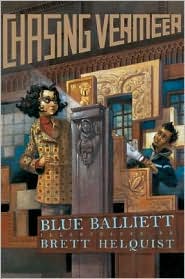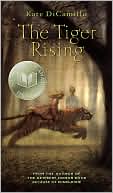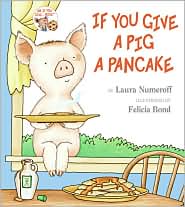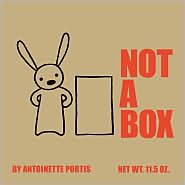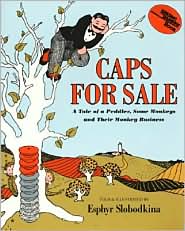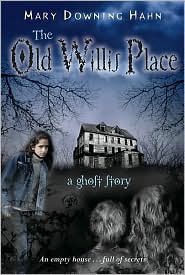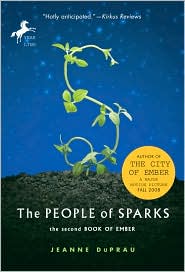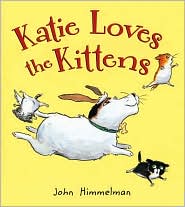 BIBLIOGRAPHY
BIBLIOGRAPHYHimmelman, John. 2008. Katie Loves the Kittens. NY: Henry Holt & company. ISBN: 9780805086829.
BOOK REVIEW
When here human, Sara Ann, brings three kittens home, Katie the dog is so excited. Every time she sees them her tail begins to wag uncontrollably and wants to play and howl. However, all of her exuberant attempts to play or even to control herself from eating their food only leave Katie sad for only scaring the kittens and being reprimanded for doing so. Only when she learns to control her excitement does everyone is happy and she begins to make friends with the new additions to the family. Himmelman's story will capture the reader's love and sympathy for the adorable Katie (and the three kittens) all the while the ink and watercolor illustrations add the appeal of the whole book, especially when seeing she become so excited that her wagging tail is a blur and she her body quivers. Katie Loves the Kittens is humorous and charming about excitement, confusion, sadness, self-control and making friends that everyone will love to read and share with others, whether they like cats, dogs, or both! A must for all libraries.
CONNECTION
*Ask the children if they were ever extremely excited about something or someone that they love.
